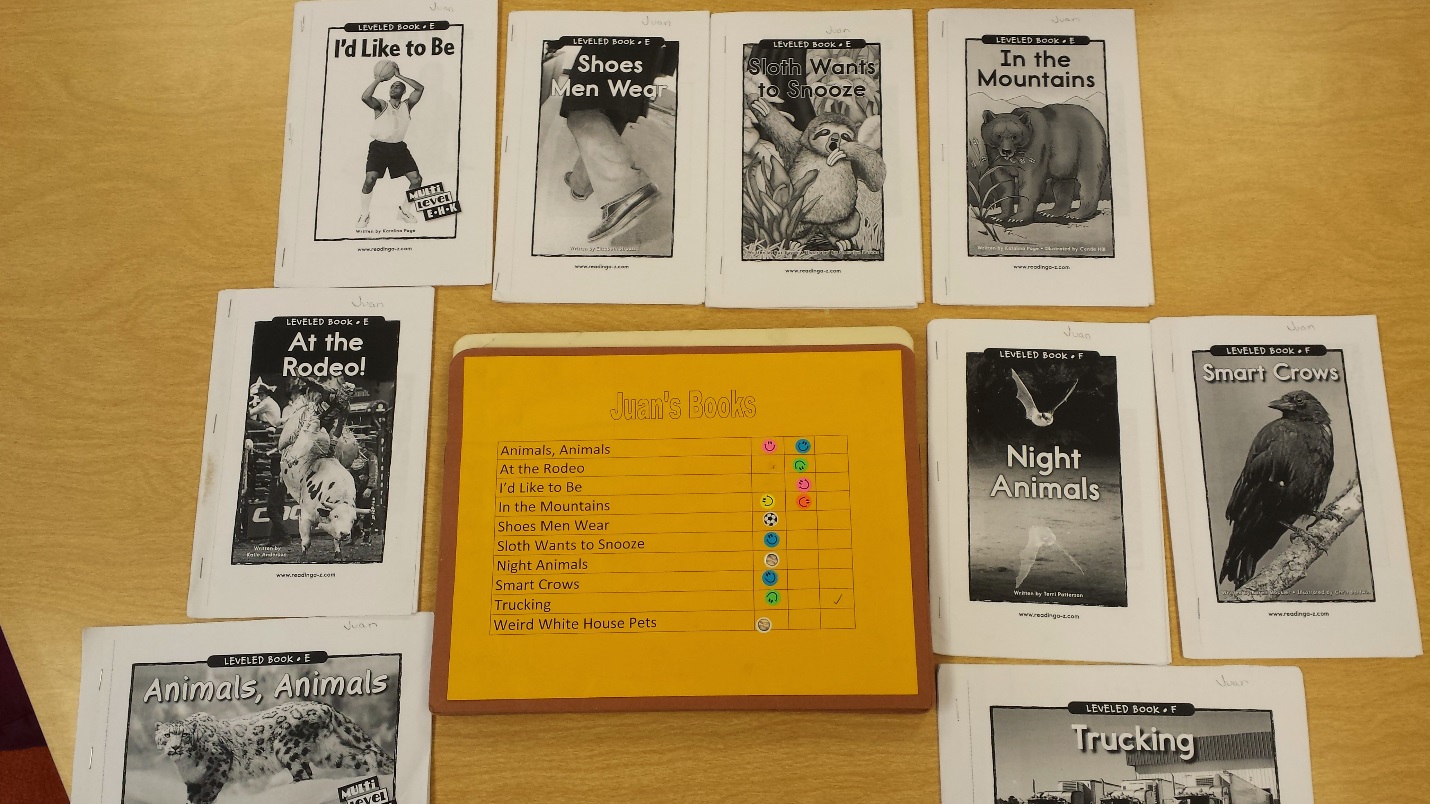How to Increase Student Reading Over Summer Break
 The advantages of students reading over summer break are well known. Here is how one teacher encourages her students to read:
The advantages of students reading over summer break are well known. Here is how one teacher encourages her students to read:
Before they are let out for the summer, I always show the following video to my students; one year, I even invited parents to
Depending on your audience, another video you can use is:
I subscribe to Reading A-Z. From that site, I print a list of books available at each student’s independent reading level. Then each student previews the books available at his or her level by checking readinga-z.com. A picture and description of each book make students' "shopping" enjoyable. After browsing the list, students choose 5 books from their current level and 5 from the next level, and I highlight their choices on my printed list. All of the students are excited about being able to choose their reading material and keep asking when they will receive their books.
I print and assemble 10 books for each student. Then I print a list of their books on a chart with room for a sticker to indicate the book has been read. For younger students I allow room for 2 or 3 stickers, encouraging them to read aloud multiple times.
The booklist is glued to an expandable folder with the books and a sheet of stickers enclosed.

When school resumes in the fall, the students return their folders and books. I get to choose a book, and they either tell me what the book was about or read aloud a few pages fluently. Students who return their folders and show evidence of reading over the summer, earn a cupcake/ice cream party.
I have followed this process for the past five summers. After the first
Some students lose or misplace their books and do not participate. Overall, students do maintain or gain in their reading levels, as measured by DIBELS assessments and Developmental Reading Assessments (DRA) in the spring and fall. These are students who would probably not have access to reading material over the summer. Being given 10 books to read, highlight, and
Parent volunteers could facilitate printing and stapling
Learn more about early literacy development and structured literacy.